The Complete History Of Marvel
How the comics giant conquered Hollywood
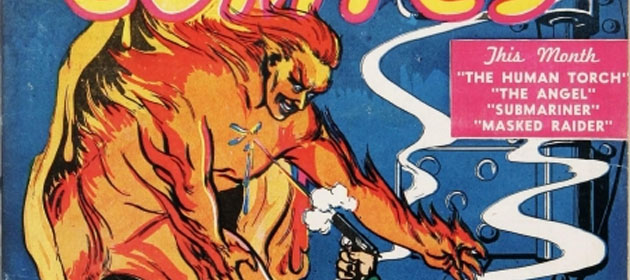
Holding Out For A Hero...
In October 1939, the world needed heroes. Hitler had just invaded Poland. Britain, France, Australia and New Zealand had declared war. The US remained neutral – but it was already taking the first steps towards the Manhattan Project and the creation of the atomic bomb.
As Nazi Germany’s shadow fell over Europe, it seemed the world was on the brink of destruction. Who would save us?
The answer hit the newsstands when Timely Publications released Marvel Comics #1 . Standing out between the usual pulp romances, westerns and crime magazines that lined the racks, Marvel Comics was a different breed.
Its cover showed a huge orange figure, The Human Torch, melting bullets on his fiery chest. Inside, The Torch was joined by Namor the Sub-Mariner, an aquatic superhero from the Antarctic. The cover price was just 10¢.
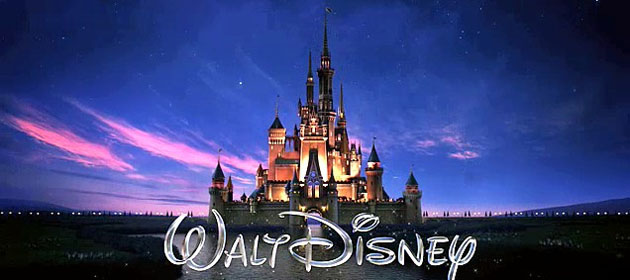
The Mouse House
Over the past 70-odd years, Marvel Entertainment has evolved from that first issue of Marvel Comics into one of the industry’s leaders.
Its multi-billion dollar deal with The Walt Disney Company proves just how lucrative its characters are to Hollywood. Mouse House CEO Bob Iger describes Marvel as a “treasure trove” that “transcends gender, age and geographical barriers”.
Disney, a company that built its fortunes on creating franchises around distinctive characters, was a perfect partner (assuming they steer clear of any Punisher Vs The Little Mermaid crossovers). Even former Marvel studios CEO Avi Arad agreed: “I think this will look like a smart deal,” he says, “because Disney is a company that knows how to exploit a brand.”
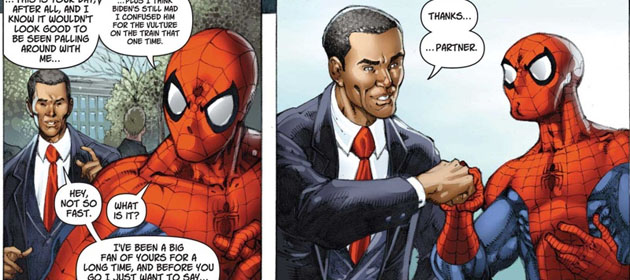
History In The Making
The Disney deal was another twist in Marvel’s long saga. It has survived some of the most momentous events in modern history.
Marvel Comics weathered WW2 (former Editor-In-Chief Stan Lee took a sabbatical to do military service). It survived the anti-comics hysteria of the ‘50s. It was rejuvenated during the ‘60s Silver Age. Combat troops in Vietnam carried X-Men comics in their backpacks.
Marvel watched the Berlin Wall fall, lived through 9/11 and even celebrated Obama’s election by letting the current Prez make an appearance in The Amazing Spider-Man #583 .
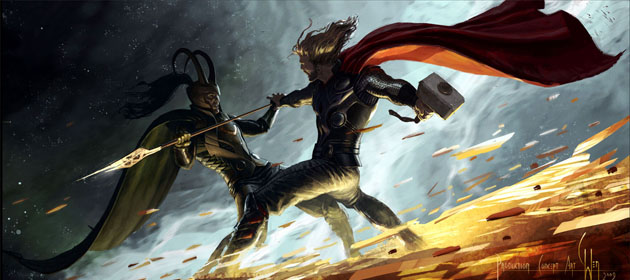
Modern Myths
So, is it an exaggeration to say that Marvel is an institution that’s impacted on American pop culture with a force heavier than Thor’s hammer? Probably not.
Marvel’s creations are instantly recognisable icons. Without Marvel and their long-time rivals Detective Comics (DC) – the publishers of Superman and Batman – the superhero as we know it wouldn’t exist. And if superhero comics didn’t exist you could kiss goodbye to the last 10+ years of super-powered summer tentpole movies.
“It’s been proven now in the world of mass media that Marvel characters mean money,” former Editor-In-Chief Joe Quesada commented.
“People are attracted to these characters. They love these characters. They’re becoming more and more relevant every day. They are now basically modern myths.”
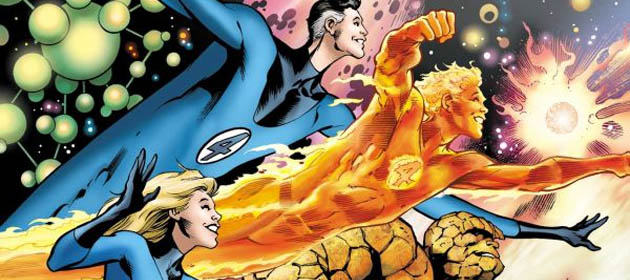
A New Era
According to Marvel Comics legend, the story begins on a golf course in 1961.
Timely Publications head Martin Goodman was playing a quick nine holes with one of the executives from comic distributor Independent News. Said suit mentioned that rival DC Comics was generating fantastic sales from its Justice League Of America superhero title.
It was news to Goodman. Last he’d noticed, superhero comic books were making a loss, their initial popularity during WW2 having evaporated in the ‘50s as romances, westerns and horror comics gobbled up the market.
Back in the office, Goodman ordered his Editor-In-Chief Stan Lee to plan a rival comic. Working with artist Jack Kirby, Lee created The Fantastic Four . It was the start of an incredibly fertile couple of years.
Between 1961 and 1963 Lee also introduced The X-Men , The Incredible Hulk , Thor , The Avengers , Iron Man and – perhaps their greatest creation of all – Spider-Man .
Suddenly superheroes were back in vogue and Lee’s unique brand of storytelling revolutionised the comics industry. The “Marvel Age of Comics” had arrived.
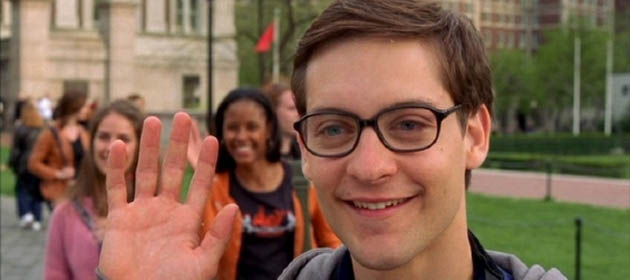
Human Heroes
What separated Marvel’s superheroes from their peers was their humanity.
Lee’s characters may have been able to turn invisible or set themselves on fire but they were real people first and foremost. They had foibles, they had weaknesses – and if they were Peter Parker they struggled to get a date.
“I tried to give them authenticity by making them more realistic,” Lee says of his original spandex-clad heroes. “Who do you know who has a really perfect life? I mean, I don’t care how rich the guy is, how sexy his wife is.
"There’s nobody who doesn’t have a hard time. I mean, when we were doing those books, Kennedy seemed to have a perfect life, and he got shot… Everybody has problems and everybody has secret sorrows.”
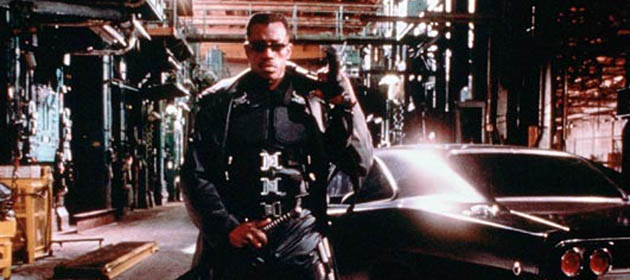
Breaking Hollywood
Since those early days, Marvel has gone from strength to strength – even surviving filing for bankruptcy in the ‘90s. But there was, until recently, one thing that always eluded it: Hollywood success.
When superhero movies first began to dominate the box office, from Superman (1978) to Batman (1989), they were all DC titles. Marvel never seemed to be able to keep up, despite being bought by movie company New World Pictures in 1986.
Film rights were flogged to studios but all we ever got was super-crud like The Punisher (1989) or direct-to-video Captain America (1990).
Then came sleeper hit Blade in 1998. “The character was virtually unknown, didn’t even have his own comic book, and had been part of Tombs Of Dracula ,” recalls Arad. But the franchise went on to create $1 billion in revenue and paved the way for X-Men (2000).
Suddenly Marvel Comics were hit-makers at the box office and the company even set up its own movie division – Marvel Studios – in the in the ‘90s. With such a rich back catalogue to work with, it was a no-brainer.
As Arad pointed out: “I had a poster of the Marvel universe, with all these beautifully drawn characters, and we used to say you could throw a dart, hit a character and make a hit movie under the Marvel brand. There’s a long list yet to be unleashed.”
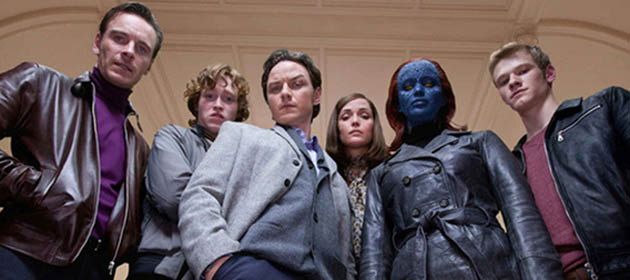
The X Factor
The upcoming list of Marvel movies is impressive, with various members of the Marvel fold owning summers for the past few years, and asserting their dominance for some time into the future yet ( Ant-Man , Dr Strange and more are mooted) .
Hugh Jackman's prequel-sequel The Wolverine has been through the ringer, but with director James Mangold onboard, it looks pretty definite for 2013, boasting a story that will focus on Logan’s “Japanese saga”, taken from the limited 1982 series by Chris Claremont and Frank Miller.
The X-factor has wowed Hollywood, with Matthew Vaughn's X-Men: First Class giving the formula a vintage polish this summer. Buzz is still circulating around a full-on Deadpool movie, which could see Ryan Reynolds reprising his Wolverine role as the ‘merc with a mouth’.
When we last checked, that had VFX guy Tim Miller in the director's chair, and after the disappointing performance of DC rival Green Lantern , Ryan Reynolds may just be able to find room for Deadpool in his schedule.
We can certainly expect to see follow-ups to First Class , with the cast-members signed up for at least three movies. Producer Lauren Shuler Donner was confident that the prequel would be a franchise-springboard: “Hopefully First Class will become its own franchise and we can follow them as they grow up.”
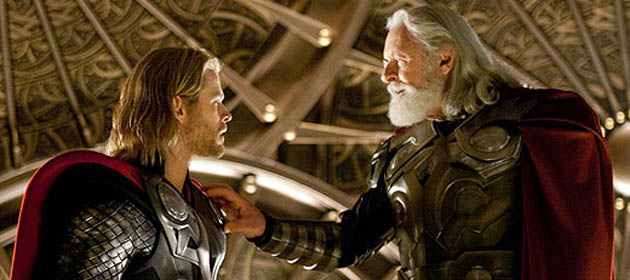
Team Players
Crossovers definitely seem to be part of Marvel’s movie game plan. It's something that has been steadily incorporated into Iron Man and other Avengers fore-runners, but with each new incursion into the Marvel Universe, the need to tie up the continuity between characters grows.
Kenneth Branagh knows that better than anyone. While prepping Thor he was fully aware that his lead would be heading off (Aussie actor Chris Hemsworth) to join the superhero team-up, but that didn't prevent him from putting his own stamp on the proceedings.
Branagh may have looked like a strange choice, but Thor comic author J Michael Straczynski was always confident that the Brit had the right ear for Thor ’s dialogue: “Thor, at his best, has always had a classic bent in terms of his history, the way he speaks and the often Shakespearean dramas that surround him,” he convincingly explains.
“That kind of dialogue and character needs someone who comes from a classically trained background in order for it not to sound forced or artificial. Branagh is the perfect choice.”
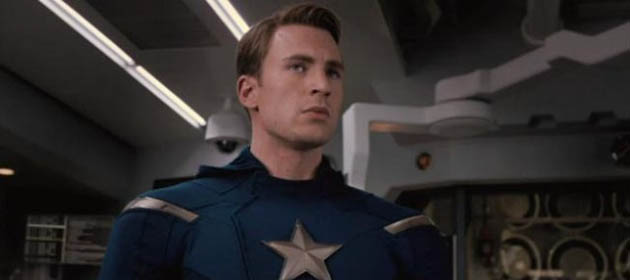
Some Assembly Required
Also hitting cinemas recently was Captain America – one of the oldest and most iconic characters in the Marvel Universe, who has a shield tossing history that dates back to the super-patriot’s first appearance in 1941.
Despite his fame, the super-soldier/flag-waver was always going to be a difficult cinematic sell, but thankfully director Joe Johnston weaved in some neat plot devices (Cappy as a propaganda poster boy) into the old-fashioned boy's-own adventuring. A spot-on Chris Evans, finding the pathos behind the boy scout, also deserves credit.
With less than a year until The Avengers assembles in cinemas (4 May 2012, fact fans), it's hard to believe that Marvel was once an underdog in this sector. That's not to say director Joss Whedon doesn't have his work cut out wrangling Robert Downey Jr, Chris Hemsworth, Mark Ruffalo, Chris Evans, Scarlett Johansson, Jeremy Renner and Samuel L Jackson into one epic event pic.
Despite pap shots and videos leaking from the set, The Avengers has been kept pretty tightly under wraps. We know it's going to be huge. The question is just how superheroically huge it's going to be...
Negotiating the re-appearances of these major characters (and the stars that play them) across sequels and crossovers will be one of the most ambitious industry balancing acts of the 21st Century. But if Marvel pull it off, the future of the comic-book movie may well prove to be truly indestructible.
The Total Film team are made up of the finest minds in all of film journalism. They are: Editor Jane Crowther, Deputy Editor Matt Maytum, Reviews Ed Matthew Leyland, News Editor Jordan Farley, and Online Editor Emily Murray. Expect exclusive news, reviews, features, and more from the team behind the smarter movie magazine.


